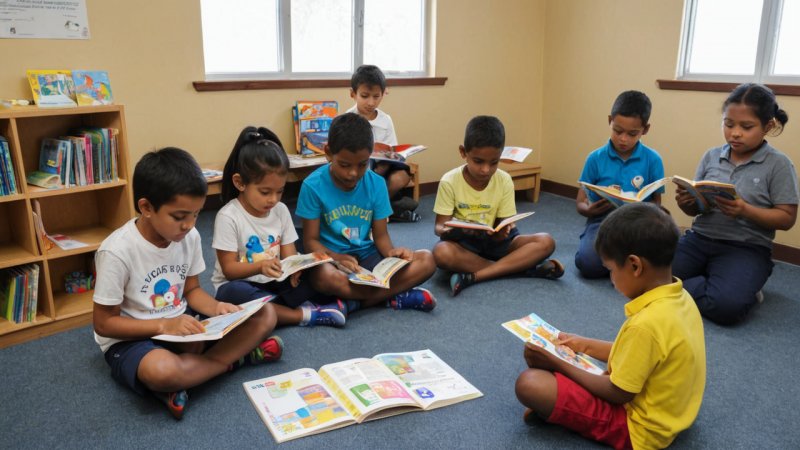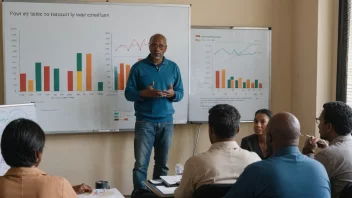The ability to read and write is fundamental to participating in society and accessing opportunities. However, in many underserved communities, literacy rates remain alarmingly low. This article outlines effective strategies to improve literacy in these areas, focusing on community involvement, innovative programming, and sustainable practices.
The first step in promoting literacy in underserved communities is understanding the barriers that inhibit access to education. Factors such as poverty, lack of resources, and limited community support can create significant obstacles. By addressing these challenges, we can implement targeted strategies that resonate with local needs.
One of the most effective ways to promote literacy is through community engagement. Local organizations can host literacy workshops that bring together families and individuals of all ages. These workshops can focus on practical skills, such as reading comprehension, writing techniques, and digital literacy. By creating a welcoming environment, participants can feel encouraged to ask questions and seek help, which fosters a culture of learning.
Additionally, mentoring programs can have a profound impact on literacy development. Pairing children with trained mentors can provide them with personalized support, motivation, and encouragement. Mentors can help with homework, read together, and set literacy goals, thus instilling a sense of accountability and achievement. Schools can also collaborate with local businesses to create internship opportunities that promote literacy through real-world applications.
Creating mobile literacy units is another innovative approach that can reach individuals in remote areas. These units can include mobile libraries, digital learning labs, and community classrooms that travel to neighborhoods in need. By bringing resources directly to the community, individuals who may not have easy access to libraries or educational institutions can benefit from literacy programs. This model has proven effective in various regions, demonstrating that accessibility is key to improving literacy rates.
Furthermore, incorporating technology into literacy initiatives can enhance learning experiences. Many individuals in underserved communities possess mobile devices, making it essential to harness this potential. Educational apps that focus on reading and writing can provide engaging, interactive ways for individuals to develop their skills. Workshops that teach families how to use these tools can empower them to continue their learning at home.
A vital aspect of promoting literacy is recognizing the importance of culturally relevant content. Initiatives that curate reading materials reflecting the community’s culture and experiences can help individuals connect with the material. Local authors should be celebrated, and stories that resonate with community members can inspire them to read, while also fostering a sense of pride in their heritage.
Advocacy plays a crucial role in ensuring literacy remains a priority in underserved communities. Individuals can come together to advocate for policies that support education and literacy programs. By raising awareness through social media campaigns, community meetings, and partnerships with local leaders, they can create a unified voice that demands attention and resources.
In conclusion, promoting literacy in underserved communities requires a comprehensive and collaborative approach. By engaging the community, establishing mentoring programs, utilizing mobile resources, incorporating technology, emphasizing culturally relevant materials, and advocating for change, we can create a sustainable path toward literacy for all. Together, we can unlock the potential of individuals and pave the way for a brighter future.
Literacy for All: Strategies in Underserved Areas
Explore effective strategies to enhance literacy in underserved communities through community engagement, mentoring, and innovative resources.






